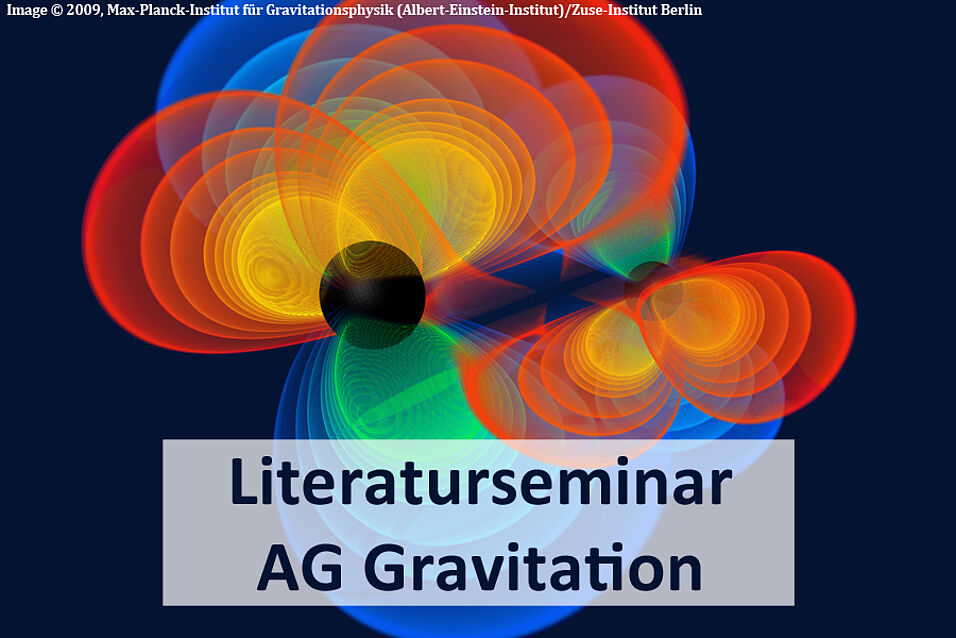Already in 1916, in his first paper on gravitational waves, Einstein emphasized the necessity to treat gravitational waves quantum theoretically and concluded that “quantum theory must modify not only Maxwellian electrodynamics but also the new theory of gravitation”. However, at that time, simple estimates indicated that it would be impossible to ever experimentally observe any phenomena that meaningfully involved quantum dynamics of the gravitational field. Thus, the hope of testing ideas about quantum gravity with experiments languished for nearly a century.
In the past few decades, however, the notion that we might be able to gain experimental access to quantum gravitational phenomena has resurfaced in a wide variety of contexts, from cosmology to tabletop scales, the latter being driven mostly by the recent advent of ultra-sensitive quantum control and detection in mesoscopic and macroscopic systems.
How can we interpret these kinds of measurements? What, exactly, would each of them teach us about the nature of gravity, quantum or otherwise? Similar questions were asked in the past about the quantum nature of the electromagnetic field, and much of our current understanding about how to observe “non-classical”, or “quantum”, signatures originated in quantum optics experiments starting from the early 1970s.
Inspired by the lessons from quantum optics I will provide a few examples and looming challenges for future possible tests of quantum gravity. Time permitting I will also provide a brief summary on our current efforts in Vienna to realize and explore quantum sources of gravity in the laboratory.
Markus Aspelmeyer (Vienna): What can we learn (or not) about quantum gravity from experiments?
Location:
Victor-Franz-Hess-Hörsaal, Währinger Str. 17, 1. Stock Kavalierstrakt
Verwandte Dateien

